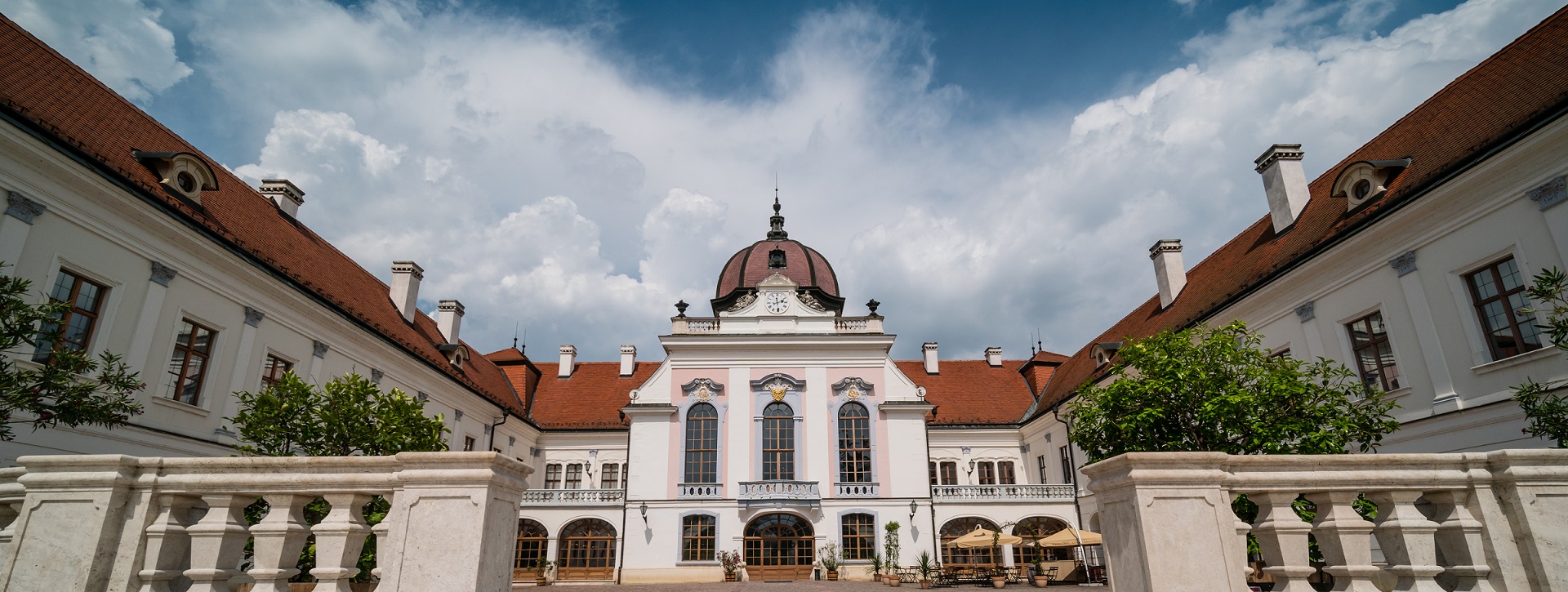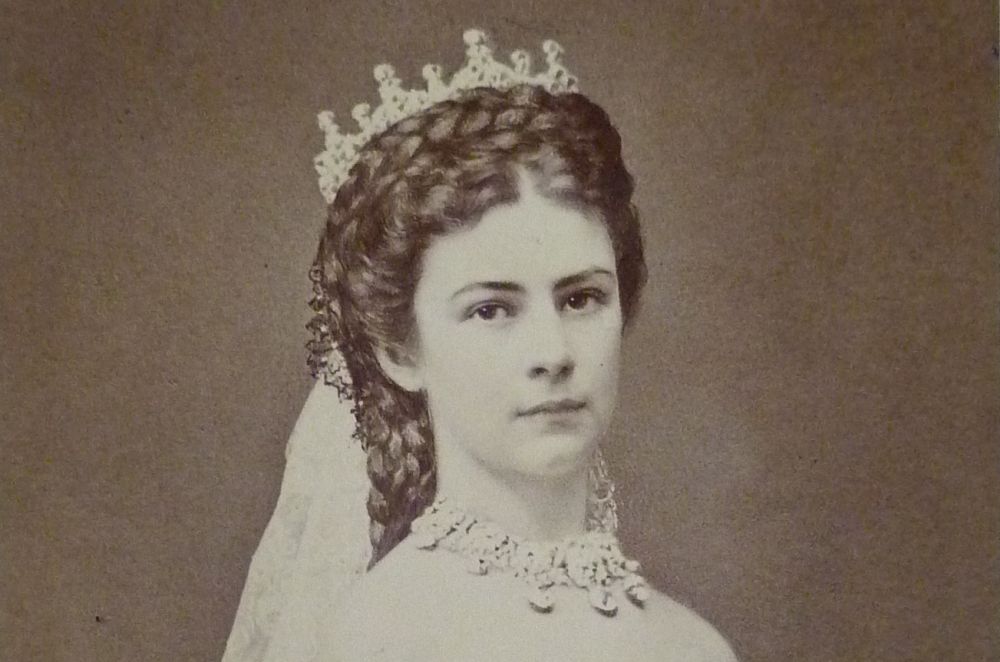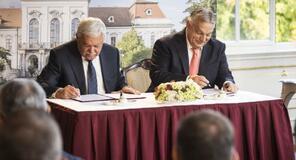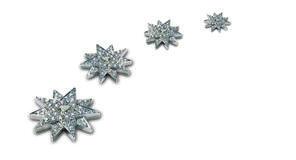
 Born in Munich on Christmas Eve, Elisabeth was the third child of Duke Maximilian Joseph of Bavaria (1808-1888) and Princess Ludovika of Bavaria (1808-1892). She spent most of her childhood in Possenhofen, on the shores of Lake Starnberg. Sissi grew up in a very unrestrained and unstructured environment, and she would often go swimming, hiking or riding around the countryside.
Born in Munich on Christmas Eve, Elisabeth was the third child of Duke Maximilian Joseph of Bavaria (1808-1888) and Princess Ludovika of Bavaria (1808-1892). She spent most of her childhood in Possenhofen, on the shores of Lake Starnberg. Sissi grew up in a very unrestrained and unstructured environment, and she would often go swimming, hiking or riding around the countryside.
Ludovika’s sister, Princess Sophie of Bavaria (1805-1872) was the mother of Emperor Francis Joseph I. In search of a German duchess for her 23-year-old son, in order to strengthen Austro-German relations, her choice eventually (after several unsuccessful attempts) fell on Helene, the eldest daughter of the Wittelsbach family. The two young people first met in Bad Ischl in the August of 1853. Ludovika took her younger daughter Elisabeth to the meeting with her, whose heart had just been broken. Instead of Helene, the interest of the young Emperor Francis Joseph was aroused by Elisabeth, the shy, quiet 16-year-old girl with pigtails. Their wedding took place in 1854, but this love match did not bring Elisabeth much happiness. Within the walls of Hofburg, she hardly ever saw her young husband who was busy dealing with political matters and affairs of state. Sissi was lonely; she had no-one to share the grief she felt over the loss of the free country life and her difficulties in adapting to the rigid formality of court etiquette. Her personality was just the opposite of what was expected of her: the boring, elderly ladies-in-waiting assigned to her constantly criticised her dress sense, education, dancing, and behaviour. Her most ruthless critic, however, was her mother-in-law Princess Sophie.
The young Empress had been interested in literature and history since her early childhood. Due to her position, she soon developed a talent for understanding politics. On just one occasion, however, she seriously interfered in politics, and this was in the interest of the Hungarians. The wife of Francis Joseph, who had suppressed the 1848-49 revolution and War of Independence, was sympathetic towards the Hungarians - perhaps because of her mother-in-law’s aversion From 1863 onwards she diligently studied Hungarian language and history. In addition, she engaged Hungarian ladies-in-waiting and a reader. She regularly corresponded with the Hungarian liberals Gyula Andrássy and Ferenc Deák. She was their passionate advocate, believing this to be the only chance for the Monarchy to survive, so she wrote dozens of strongly-worded letters calling upon the Emperor to conclude the Austro-Hungarian Compromise. Following a tragic defeat in the Austro-Prussian war, the Emperor eventually succumbed, as he was also interested in settling the conflicts with the Hungarians. The Austro-Hungarian Compromise of 1867 created the dual Monarchy of Austro–Hungary. On the 8th of June, Francis Joseph I and Elisabeth were officially crowned King and Queen of Hungary. Elisabeth placed herself decisively on the Hungarian side in the increasing struggle for independence. So much so that in a poem of hers not intended for publication she reveals her wish to give birth to a son for Hungary, who would be brought up as a Hungarian, and eventually as monarch would lead Hungary to gain independence from Austria. In the spirit of this decision, she gave birth to her youngest daughter Archduchess Marie Valerie, dubbed the "Hungarian princess", born in Buda in 1868.
Elisabeth continued to be interested in politics, but the more she learnt the more disappointment she felt over historic injustices. In consequence she kept her distance from politics, but as a private person she was drawn to the concept of a republic.


